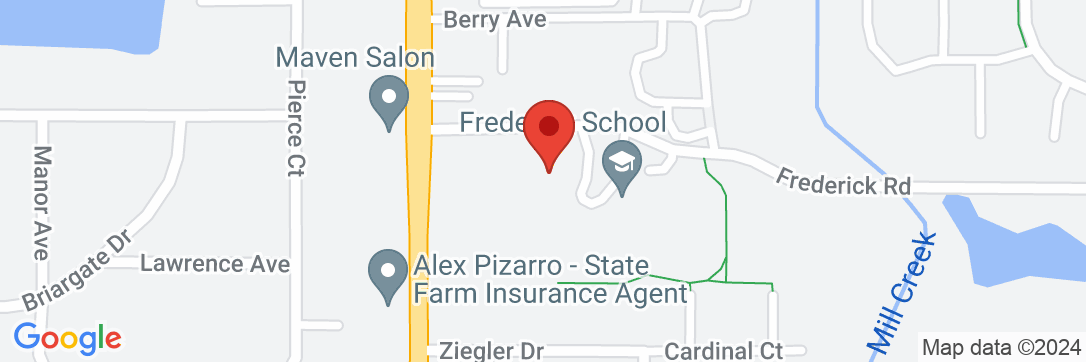Community Consolidated School District 46 and the Board of Education are committed to fulfilling our mission of empowering learners, creating equity, and cultivating community as we maintain excellence when it comes to our educational offerings. We remain focused on protecting our high-performing schools, benefiting both our students and taxpayers.
We have compiled this list of Frequently Asked Questions for your convenience. Should you have any additional questions, comments, or concerns regarding the District’s limiting rate ballot initiative, please contact Dr. Lynn Glickman, Superintendent of Schools, at [email protected] or 847-543-5322.
Community Consolidated School District 46 is placing a limiting rate proposal on the ballot in 2024.
This type of voter-approved funding proposal, unlike a bond referendum, would allow the District to address both capital facility and operating needs districtwide.
The funding proposal would allow for a net tax rate decrease.
The District will pay off existing long-term debt before the new limiting rate increase would be implemented. The net effect is a reduction in the District’s total tax rate of 10 cents. For a home with a $300,000 fair market value, taxes would go down by an estimated $90.45 per year.
Overview
Why is Community Consolidated School District 46 placing a limiting rate referendum on the March 2024 ballot?
CCSD 46 seeks to address its highest priority capital facility and operating needs districtwide, while allowing for a net tax rate decrease.
Does the financing plan allow for a net tax rate decrease?
Yes, CCSD 46 will pay off outstanding debt, which has a levy of 86 cents per $100 of Equalized Assessed Value (EAV), in November 2025. The proposed limiting rate increase, which has a levy of 76 cents per $100 of Equalized Assessed Value (EAV), would not go into effect until AFTER outstanding debt is paid off. The estimated net tax rate decrease for a home with a fair market value of $300,000 is $90.45 annually.
Would all students and schools benefit from the proposed limiting rate increase?
Yes. Every CCSD 46 student would benefit, and all of the District’s schools would be improved. The proposal seeks to ensure that every District 46 student receives a high-quality education in a healthy, safe, and productive learning environment.
Why is the District addressing capital and operating needs at the same time?
Both needs are pressing. Investing in maintenance and infrastructure will help prevent costly emergency repairs and extend the life of our existing buildings. There are also facility improvements needed to support instructional programming. Operating expenses include the staffing and materials required to maintain existing programming and class sizes. Both are necessary to protect our high performing schools and property values.
Capital Facility & Operating Needs to be Addressed
What specific capital facility improvements would be addressed?
The proposed capital improvements include:
Safety and Security Improvements
• Emergency response systems
• Security cameras
Maintenance/Infrastructure Upgrades
• Replacing outdated roofing, mechanical systems, and plumbing
• Improving HVAC and air quality systems
• Updating outdated building automation controls
• Improving ADA accessibility (interior and exterior)
• Repairing school exteriors (tuckpointing, sealants, doors, and windows)
• Addressing sidewalk and paving needs
Media Center/Library Improvements
• Reconfiguring existing spaces to better support the way students learn today
• Updating libraries/media centers, including space for collaboration and STEM programming
Student Support Services Space Renovations & Reconfiguration
• Right-sizing existing large spaces to accommodate programmatic and student-specific needs
• Reducing distractions and improving student privacy by creating individual spaces for various student services
Student support services include support for students with disabilities; speech and language therapy, physical therapy, and occupational therapy; support for ML students; health services; and social, emotional, and behavioral counseling.
What operating needs would be addressed?
Operating needs addressed by the proposed limiting rate increase include:
• Attracting, training, and retaining quality teachers
• Protecting programming
• Maintaining class sizes
What are the anticipated benefits of the proposed facility and site improvements?
There are many anticipated benefits of the proposed improvements, including:
• Improving safety and security
• Extending the life of existing facilities
• Reducing costly and disruptive emergency repairs
• Enhancing ADA accessibility
• Creating healthier and more energy-efficient schools
• Improving programming and facility equity districtwide
• Addressing student support space needs at all buildings
• Protecting property values
Finances
Does CCSD 46 have debt that will be retired soon?
Yes. The District has a bond measure that will be paid off in November 2025. The current tax rate associated with this outstanding debt is 86¢ per $100 of Equalized Assessed Value.
How can the District’s capital facility and operating needs be addressed and allow for a net tax rate decrease?
CCSD 46 will pay off outstanding debt, which has a levy of 86¢ per $100 of Equalized Assessed Value (EAV), in November 2025. The proposed limiting rate increase, which has a levy of 76¢ per $100 of Equalized Assessed Value (EAV), would not go into effect until AFTER outstanding debt is paid off. The estimated net tax rate decrease for a home with a fair market value of $300,000 is $90.45 annually.
What is the estimated cost of the District’s capital facility needs?
The estimated total cost of addressing the District’s capital facility needs is $37 million. Approximately $29 million is needed for maintenance and infrastructure improvements. An estimated $8 million would be allocated for updating the libraries/media centers that are used by all students and renovating student support spaces at all schools.
What percentage of the proceeds of the proposed limiting rate increase would go toward capital facility versus operating needs each year?
The proceeds would be evenly split each year, with approximately $3 million going toward capital facility needs and $3 million going toward operating needs. The capital needs would be funded with a long-term financing paid for through the operating fund.
Will the District use long-term financing to speed up the proposed capital improvements?
The financing plan calls for the District to pursue long-term financing in the amount of $37 million and allocate about half of the proceeds ($3 million annually) to pay principal and interest on this debt. This would allow the work to be completed in a much shorter time frame.
To what extent is CCSD 46 underfunded?
The Illinois State Board of Education (ISBE) has estimated that CCSD 46 is only 65% adequately funded, or short approximately $17 million annually. Funding adequacy is defined as the amount of money a district needs to provide educational services required by the State.
Will CCSD 46 run a deficit in FY2023?
Yes. The District is projected to run a $3.4 million deficit in FY2023. This is due to rapid inflation coupled with tax caps, unfunded federal and state mandates, and staffing in a competitive hiring environment. The District is committed to attracting, training, and retaining quality teachers.
Why not draw down the District’s fund balance to pay for existing and future needs?
The District’s fund balance is not adequate to cover these expenses. The District is required by State and Board policy to maintain a minimum fund balance of 25-30% of operating expenses to meet Illinois State Board of Education (ISBE) fiscal stability requirements. Cash on hand is needed for emergencies, including unexpected repairs and delayed tax payments. The District’s fund balance is projected to drop below that level in FY2025.
What are the consequences if the District’s fund balance falls below the threshold set by the State?
Drawing down these reserves could reduce the District’s credit rating, which in turn could increase borrowing costs. If the fund balance falls below the State requirement, the State could take control of the District and make decisions that are not aligned with local priorities. This is an important reason why the District is seeking a limiting rate increase.
Why didn’t the District seek additional voter-approved funding sooner?
The District waited until outstanding debt was about to be paid off to reduce the impact on taxpayers.
When was the last time voters approved funding for capital facility improvements?
The last time voters approved funding for school improvements was 19 years ago, in November 2004, to construct Park Campus.
If, according to ISBE, the District needs $17 million annually to be adequately funded, then why not seek a larger limiting rate increase?
Tax fatigue is a concern in the communities served by CCSD 46. The District recognizes that it is unrealistic to ask homeowners to support a tax increase that would generate an additional $17 million annually. The proposed $6 million limiting rate increase would allow the District to address its highest priority needs and would result in a net tax rate decrease.
How has the District cut costs?
CCSD 46 has taken many steps to live within its means, including waiting for existing debt to be paid off before returning to the ballot, capturing and effectively using national ESSER (COVID relief) funding and other grants, renegotiating supplier and banking contracts, purchasing instead of leasing Chromebooks, utilizing solar power, deferring maintenance, and seeking additional revenue sources such as leasing space for a cellular tower.
How did CCSD 46 utilize the ESSER ARP (Covid Relief) funds it received from the federal government?
Our District received approximately $3.2 million in pandemic relief funds from the Elementary and Secondary School Emergency Relief fund (ESSER). Those dollars were used to purchase Chromebooks to ensure that all students had devices, enhance classroom technology across the District, and to refresh curriculum materials.
If voters do not approve the proposed limiting rate increase, would taxes go down?
Yes. Taxes would go down. However, the pressing capital facility and operating needs would not be addressed and the District might have to divert funds from teaching and learning priorities in order to address capital needs. If the fund balance falls below the State requirement, the State could take control of the District and make decisions that are not aligned with local priorities.
Did the District consider closing a school to reduce operating and maintenance costs?
This was studied as part of the process and was determined to not be a viable approach for a number of reasons. First, the concept of capacity looks at the maximum number of students our buildings should be able to accommodate in any year vs. the actual number of students we can accommodate, along with a number of other variables including school attendance boundaries and District-wide programming. Ideally, our buildings operate best when they are between 80-85% of the capacity. None of our schools have the excess capacity to absorb enough additional students to allow the closure of a school. Also, options that would reconfigure our grades at each building in an effort to adjust our student enrollment more efficiently do not provide viable solutions as they would require us to provide additions at the remaining buildings if we were to close one of our smaller buildings. Even if it were possible, this would introduce challenges in boundary adjustments, established neighborhood schools, and educational delivery models.
Process and Timeline
What work has the District completed to inform this decision?
In April 2021, the District adopted a Strategic Plan to outline its educational and facilities goals. A Facilities Assessment was conducted in November 2021 to identify and prioritize the District’s most pressing capital facility needs, followed by the adoption of a Three-Year Capital Plan in December of that year. A Demographic & Enrollment Study followed in November 2022. Additional studies, including a Capacity & Utilization Report and an Educational Adequacy Assessment, were completed in 2023. A community survey will be conducted in Fall 2023.
How has the community played a role in developing the referendum request?
A Citizens Task Force, composed of a diverse cross-section of CCSD 46 residents, assisted the District in vetting proposals. In addition, five community meetings - including a Community Cáfe - were held in Spring 2023. Residents were also invited to participate in an online Thought Exchange in April 2023.
If the referendum is approved, how would facility improvement updates be provided?
The District is committed to transparency and would provide project updates at Board meetings, community meetings, and on the District’s website at d46.org.
Construction and Implementation
How would the District ensure safety and minimize disruptions to students, staff, and neighbors during construction?
District 46 is committed to ensuring the safety of students, staff, visitors, and neighbors during construction. The work would be completed in phases, and every effort would be made to ensure that demolition and heavy construction take place during the summer months when students are out of the buildings. Noise and air quality will be monitored throughout the project. All workers on site would be required to submit to a criminal background check and would remain within the construction area during school hours. Additional details would be provided as construction plans are developed.
Would there be a bidding process? Would the District seek multiple bids?
All construction work would be competitively bid, as required by Illinois law.
What if I have further questions?
Should you have any questions, comments, or concerns regarding the District’s limiting rate ballot initiative, please contact Dr. Lynn Glickman, Superintendent of Schools, at [email protected] or 847-543-5322.




